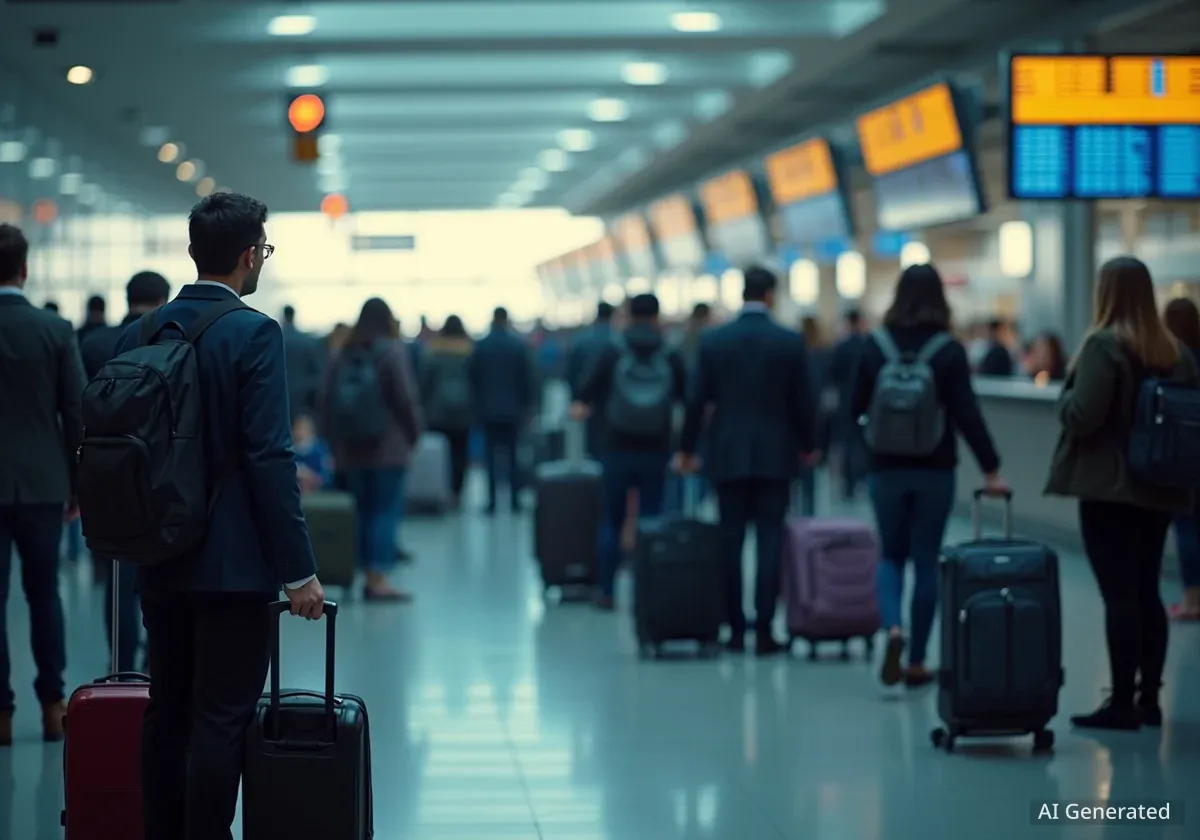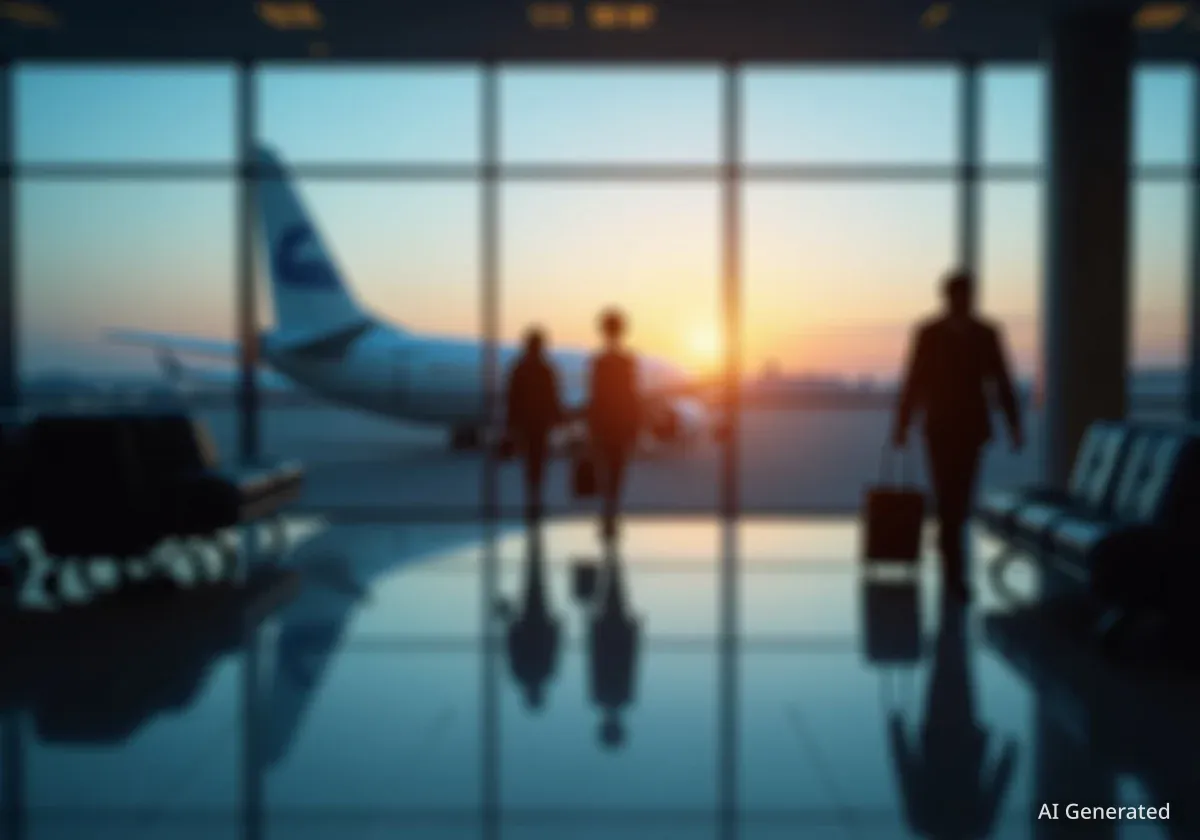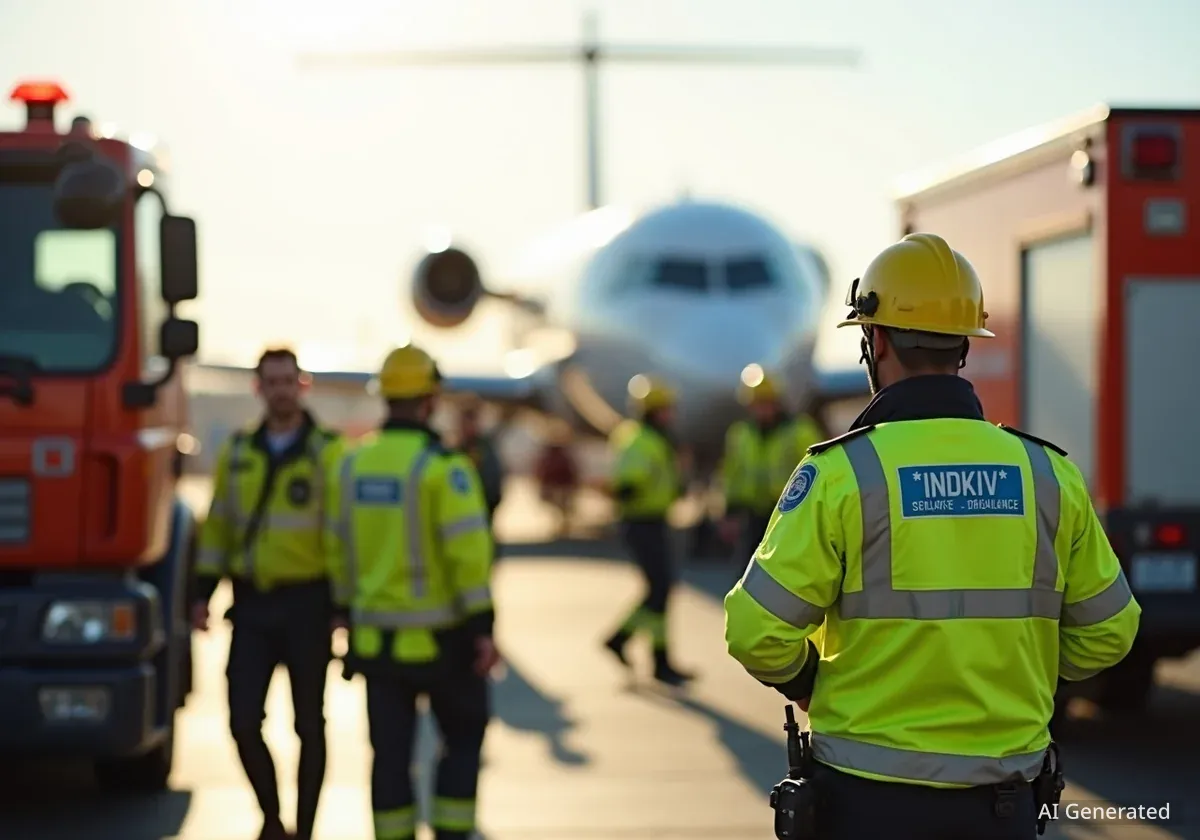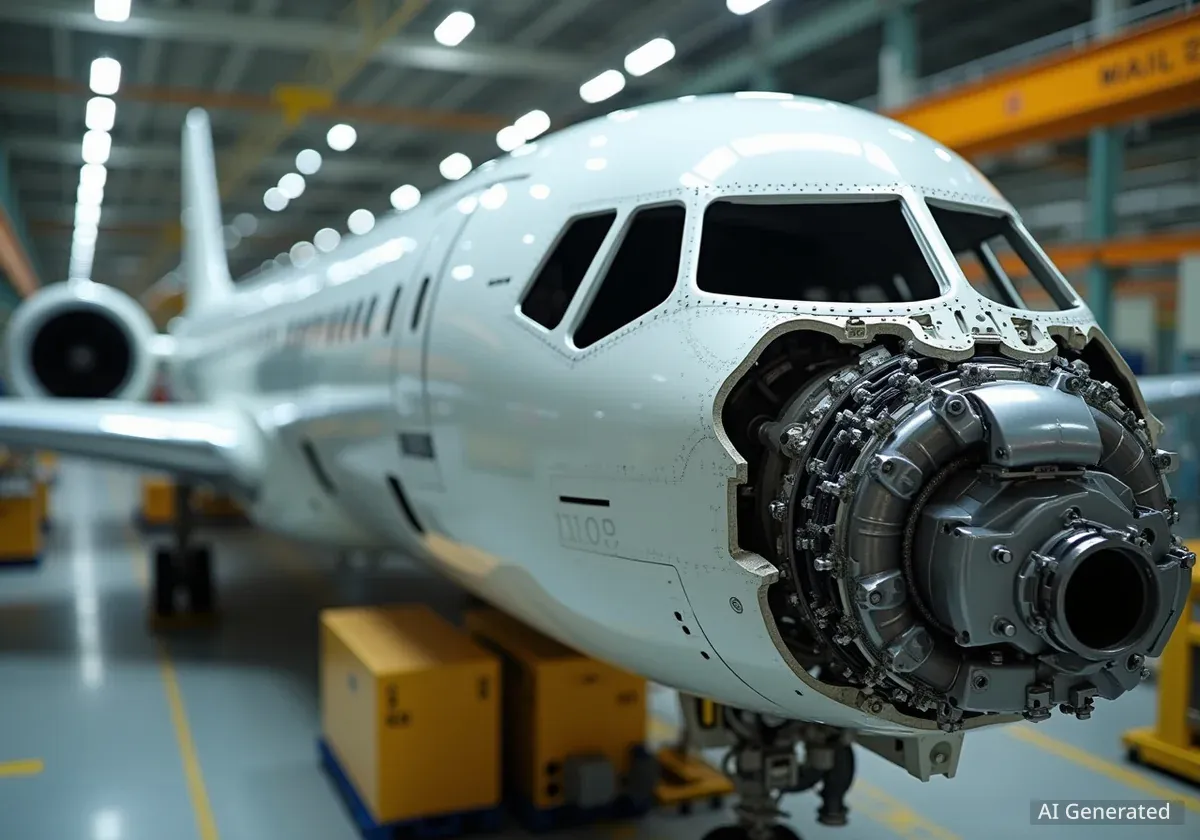Travelers across the United States recently experienced significant disruptions, with over 4,400 flights delayed and more than 110 cancellations. This widespread chaos affected major airports from coast to coast, highlighting ongoing challenges within the aviation industry.
Key Takeaways
- Over 4,400 flights were delayed across the U.S.
- More than 110 flights were canceled.
- Major airports like JFK, Boston, Miami, and Honolulu were heavily impacted.
- Operational issues, weather, and staffing shortages were primary causes.
- Delta, United, and American Airlines were among the most affected carriers.
Thousands of Flights Grounded or Delayed
On a recent day, air travel in the United States faced severe challenges. A total of 4,473 flights experienced delays. Additionally, 112 flights were completely canceled. These numbers illustrate the scope of the disruption for passengers and airlines alike.
The impact was not limited to a single region. Major hubs across the country felt the effects. Airports in New York, Boston, Miami, Denver, and Honolulu were particularly affected. Even smaller regional airports saw ripple effects from the widespread issues.
Disruption Statistics
- Total U.S. Flight Delays: 4,473
- Total U.S. Flight Cancellations: 112
Major Airports Affected
The disruptions were most pronounced at the nation's busiest travel centers. For example, John F. Kennedy International Airport (JFK) in New York, Boston Logan International Airport, and Miami International Airport saw hundreds of delays and cancellations. Daniel K. Inouye International Airport (HNL) in Honolulu also experienced significant issues.
Other key airports, including Chicago O'Hare, Los Angeles International, and San Francisco International, also reported numerous delays. These hubs serve millions of travelers daily, making any disruption highly impactful.
"The ripple effect of these disruptions extended from the busiest hubs like New York’s JFK and Boston Logan to smaller regional airports such as Schulz-Sonoma County in California," stated an industry analyst.
Key Affected Airports
- New York (JFK)
- Boston (BOS)
- Miami (MIA)
- Denver (DEN)
- Honolulu (HNL)
- Atlanta (ATL)
- Newark (EWR)
Contributing Factors to Travel Chaos
Several factors combined to create this widespread travel chaos. Primary causes included operational issues within airlines, challenging weather conditions, and ongoing staffing shortages. These issues often compound each other, leading to cascading delays across the network.
Operational issues can include aircraft maintenance problems, crew scheduling conflicts, and ground handling delays. Weather, such as thunderstorms or heavy fog, can quickly shut down airspaces or reduce airport capacity. Staffing shortages, particularly among air traffic controllers and ground crew, further strain the system.
Industry Vulnerabilities
The aviation industry operates on tight schedules. Even minor disruptions can have significant ripple effects. High passenger volumes, especially during peak travel periods, exacerbate these vulnerabilities. The system relies on precise coordination, which can break down under stress.
Airlines Faced Challenges
Several major airlines were at the center of these disruptions. Delta Air Lines, United Airlines, American Airlines, JetBlue, and Hawaiian Airlines all reported a high number of affected flights. Jetstar was also mentioned among the carriers experiencing significant operational challenges.
While specific numbers for each airline varied, the majority of delays were linked to operational problems. These issues place considerable strain on airport infrastructure and personnel. Passengers often faced long waits and rebooking challenges.
Airlines with Significant Disruptions
- Delta Air Lines
- United Airlines
- American Airlines
- JetBlue
- Hawaiian Airlines
- Jetstar
Impact on Travelers and the Economy
The human impact of these delays and cancellations was significant. Travelers at airports like Boston Logan, JFK, and Hartsfield-Jackson Atlanta experienced long lines and crowded terminals. Many faced missed connections, altered travel plans, and unexpected additional costs.
For some, delays meant waiting for alternate flights or dealing with misplaced baggage. Communication from airlines was not always clear, adding to passenger frustration. Beyond individual inconvenience, these disruptions can lead to significant economic losses for airlines and related industries.
The ongoing challenges faced by the aviation industry highlight a need for improvements. Investing in advanced technologies, increasing staff levels, and upgrading airport infrastructure are potential solutions. These measures could help provide a smoother, more predictable travel experience in the future, especially as demand for air travel continues to grow.
Passengers are advised to monitor their flight status closely and understand their rights in case of delays or cancellations. Airlines, in turn, must take proactive steps to prevent such widespread disruptions, particularly as holiday travel seasons approach. The recent events serve as a reminder of the aviation system's unpredictability and its vulnerability to various operational and external pressures.





